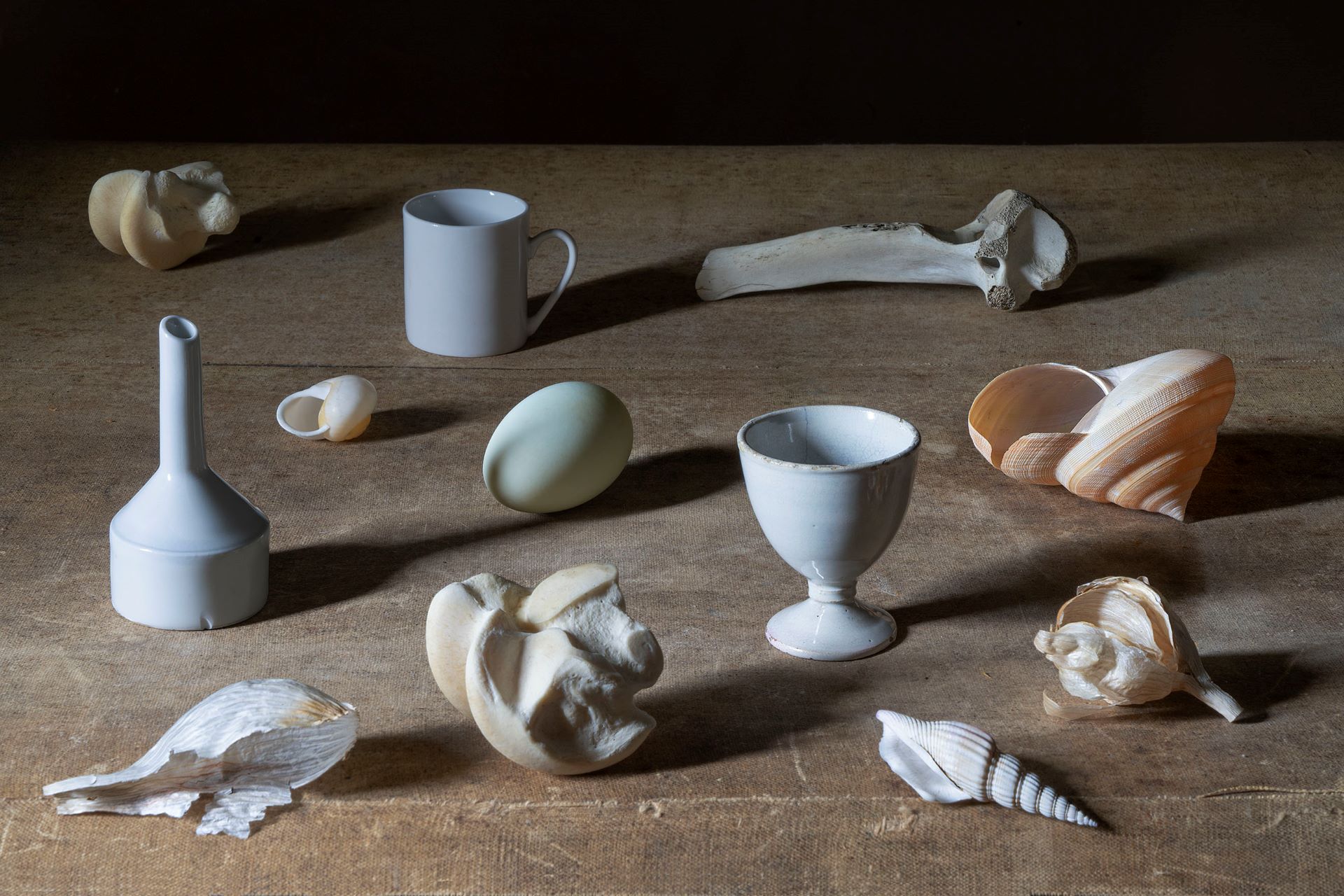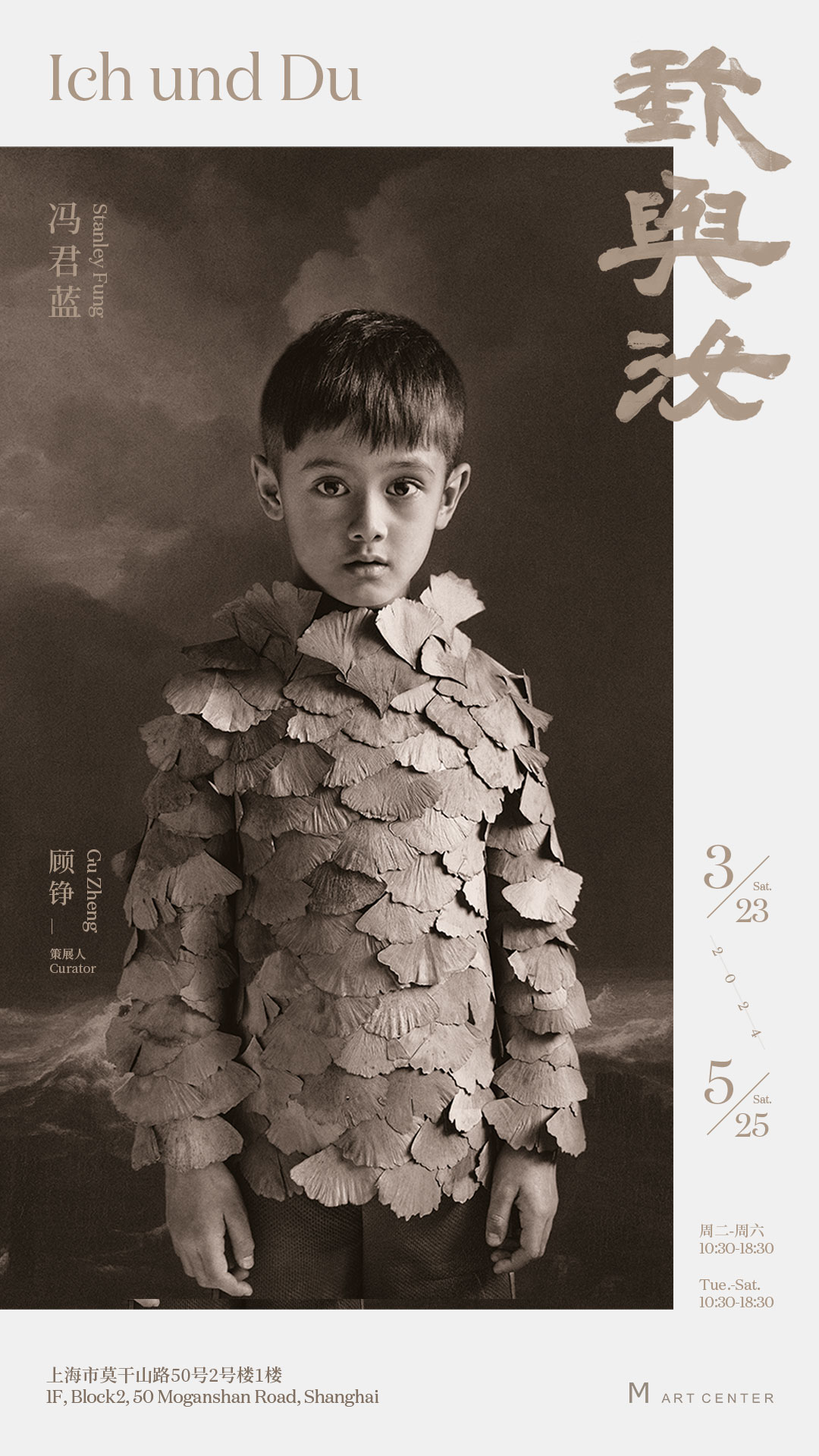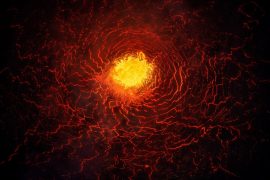Viewing Stanley Fung’s photography, it is impossible not to think of a series of statements by Martin Buber, a German philosopher of modern religion, in his classic book Ich und Du, which I studied early. However, when I reread it this time, I felt nothing necessary could be said about Fung’s photography. Although Buber’s discussion of the “I-Thou” relationship didn’t refer to photography with even one word, it seems to have fully understood the mystery of the “I-Thou” relationship embodied in Fung’s portrait photography. Honestly, I am terrified of narrowing Buber’s universal and inclusive “I-Thou” discourse by my understanding. Still, paradoxically, it applies so well to Fung’s portrait photography practice, thus further proving the universality of Buber’s philosophy.

Photography, particularly portraiture, is a fundamental way to be acquainted with people. This approach is also a process of knowing, understanding, and comprehending between the photographer and sitter. Portrait photography is also an attempt to transform the object from the pure other into the integrity of “I” and “Thou”, which contain each other simultaneously. This process may fail when the photographer lets go of the ego and tries to accept the other entirely. Still, it is incredibly vital for those who love others by photography. As Buber said, “It is itself ready on every occasion to become Thou for them, and open up the world of Thou—no; it is not ready: it continually approaches and touches them.” (Buber, I and Thou, trans. Ronald Gregor Smith, Hesperides Press, 2008, p.42) With peace and serenity, people in Fung’s photos have superficial and external differences. Yet, they are all the sublimation and transcendence of photographer Stanley Fung after getting close to and touching the people in front of him through photography and rebuilding the “I-Thou” relationship.

“(So too in art:) form is disclosed to the artist as he beholds what confronts him. He conjures it into a structure” (Ibid., p.41). In a sense, portrait photography is the art of how the photographer “lights up” the subject. The premise of “lighting” is to create the possibility of contemplating for each other and then achieve the goal of irradiating the object to “disclose” themselves. Portraiture is the art of contemplating. Contemplating, namely the dialogue and the awakening of each other is the exchange of minds and a way to achieve a new spiritual understanding and conservation of spiritual energy. Through constant encounters with others, Fung’s portraiture unfolds a persistent dialogue as an intermediary to transfer and distribute the power of the transcendent to the subject while also sharing the glory from the opposite, thus shaping a new “I-Thou” relationship.

Through photography, Stanley Fung passed on the beauty of joy and encounters in meeting others. His pictures are a reflection of the beauty of encounters. Stanley Fung uses portrait photography to confront others and creates opportunities for us, as viewers, to encounter them (Fung, as viewers, and those whom Fung beholds and then we “see”). It is a complex distribution and flow of spiritual energy, but it ultimately leads us to see ourselves. It is the supreme cheerfulness of contemplation. “…but look! round about you being live their life, and to whatever point you turn you come upon being.” (Ibid., p.15)

By the way, the Chinese title of Buber’s Ich und Du is generally translated as I and You (《我与你》). I have no objection to this translation. But when I first read Buber’s book in its Japanese version, I とThou (《我と汝》), the title (and translation) had become so ingrained in my psyche that I could not accept the more crisp term of “I and you”. Therefore, when I, as the curator, quoted Buber’s title as the name of the exhibition, I decided to choose the translation of “I and Thou”(“我与汝”). Please forgive my waywardness; it is also a small memorial to my spiritual journey.
-Contemplation and Encounter
By Gu Zheng
About Artist
STANLEY FUNG
Born in 1961.The portrait work of Stanley may be seen as “poetic portrait of soul”, constructing a drama within a single frame, to tell a unique view of humanity. It is based on this view of humanity that each individual in his work is not an accident derived from a series of contingent coincidence in the vast universe, nor a Naked Ape, nor a subject of desire, nor cultural animal; yet a coalescence of substance and divinity – an anxious finite being endowed with eternal consciousness. He has won the first prize of the first Juan I-Jong Photography Humanities Award, and Juan I-Jong commented that his work is “no longer a portrait of the face, but a portrait of the soul.” ”
In addition to the portrait work, Stanley has more series: “Still-life, The Word in All Things”, “Members”, “Mere Straw”, “Cursive”, “The Word in Forgotten Surfaces” and “Bone of Bones” photography. Also reflects Stanley his view of universe and humanity.

Ich und Du
Artist: Stanley FUNG
Curator: Gu Zheng
Opening Time: 23 Mar, 2024 15:00-18:30
Duration: 23 Mar – 25 May, 2024 (Tuesday-Saturday 10:30-18:30)
Venue: 1F, Block 2, No.50 Moganshan Rd, Shanghai, M ART CENTER







